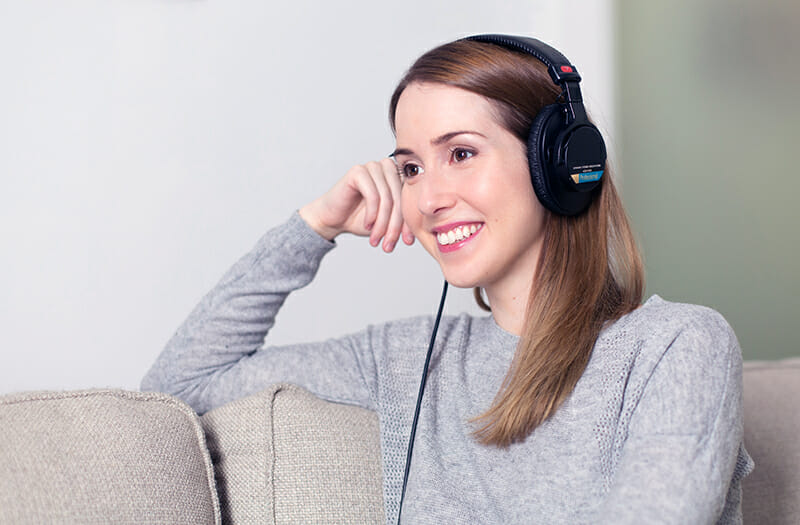
The development of eLearning has created opportunities for a highly diverse population of learners. Today, instructional designers and course developers can use a variety of interactive multimedia to help students reach learning objectives, eliminating the need for rote memorization and repetitive courses consisting only of text and images.
But all of these options come at a price: accessibility. The same multimedia interactions that have been lauded as the new standard for education often mean that learners with physical, sensory, or cognitive disabilities are left behind.
New updates to existing disabilities standards are calling on corporations and universities to ensure that all eLearning tools and courses are equally effective for users of varying levels of ability.
Standards for Accessibility: WCAG 2.0 and Section 508
On January 18, 2017, the U.S. Access Board published a final rule that formally changed the requirements of the Rehabilitation Act’s Section 508. This update revised the standards that communication and information technology must meet when purchased or developed by the federal government. The revision brought the federal requirements more closely in line with WCAG 2.0, the widely accepted standard for online content accessibility.
WCAG 2.0 defines three levels of accessibility: A (the minimum level of conformance), AA (more accessible), and AAA (highly accessible). The Section 508 update references the AA requirements as its baseline for accessibility.
The WCAG guidelines provide specific criteria to define conformance at each of these levels, based on four basic principles: perceivable (providing text alternatives to non-text media, enabling assistive technologies, including captions for audio), operable (making all functionality available from a keyboard, avoiding seizure triggers), understandable (allowing users to avoid and correct mistakes), and robust (compatibility with different platforms and user tools).
Putting the Standards Into Practice
 While the government has stepped up its requirements for accessibility in federal contexts, colleges and universities are also feeling pressure to adapt eLearning content to a higher standard of accessibility.
While the government has stepped up its requirements for accessibility in federal contexts, colleges and universities are also feeling pressure to adapt eLearning content to a higher standard of accessibility.
In response to a letter from the U.S. Justice Department, the University of California, Berkeley pulled over 20,000 recorded lectures that had been available to the general public rather than make the content accessible. A September 13, 2016 statement from Cathy Koshland, UC Berkeley vice chancellor for undergraduate education, cited the “extremely expensive measures [required] to continue to make these resources available to the public for free” as the impetus for removing the recordings. On March 15, 2017, the university suspended all public access to the flagged content.
The problem isn’t specific to universities. In 2016, over 250 companies in the retail, hospitality, and financial services industries faced lawsuits alleging that their online content was not adequately accessible to users with disabilities.
How Developers Can Build Accessibility into eLearning
If anything can be learned from UC Berkeley’s experience and the hundreds of lawsuits brought against companies, it’s that it’s far easier to build content that incorporates accessibility in the first place rather than making corrections after the content is released.
One of the mistakes that course developers frequently make is to design an educational course in its entirety, then check for WCAG 2.0 compliance at the end. But waiting until the testing phase means that mistakes are costly and time-consuming to fix. Instead, course development experts encourage companies and schools to think about accessibility at the very beginning of the development process and treat it as an integral part of the course, right along with meeting learning objectives.
Some have expressed concern that meeting accessibility requirements means giving up nearly all of the interactive multimedia that differentiates eLearning from reading out of a textbook. But creating accessible content doesn’t mean that every course needs to be pared down to onscreen text and the occasional picture. For example, activities like drag-and-drop matching tasks that require a mouse can be replaced with drop-down multiple choice questions, which can be answered using a keyboard.
If instructors want to include an activity that isn’t easily accessible, there’s also the option of “branching” content. This is, after all, one of the most powerful aspects of eLearning: Not every student has to follow exactly the same learning path. Students can be presented with a choice between one activity that requires, say, the operation of a mouse, and another activity that delivers the same content but is easily operable for someone with a physical disability.
While technology often makes life easier for individuals with disabilities, it’s up to course designers and developers to ensure that the content they create is equally usable for all learners.








No Comments